Herbs for Healing Skin, Wounds and More
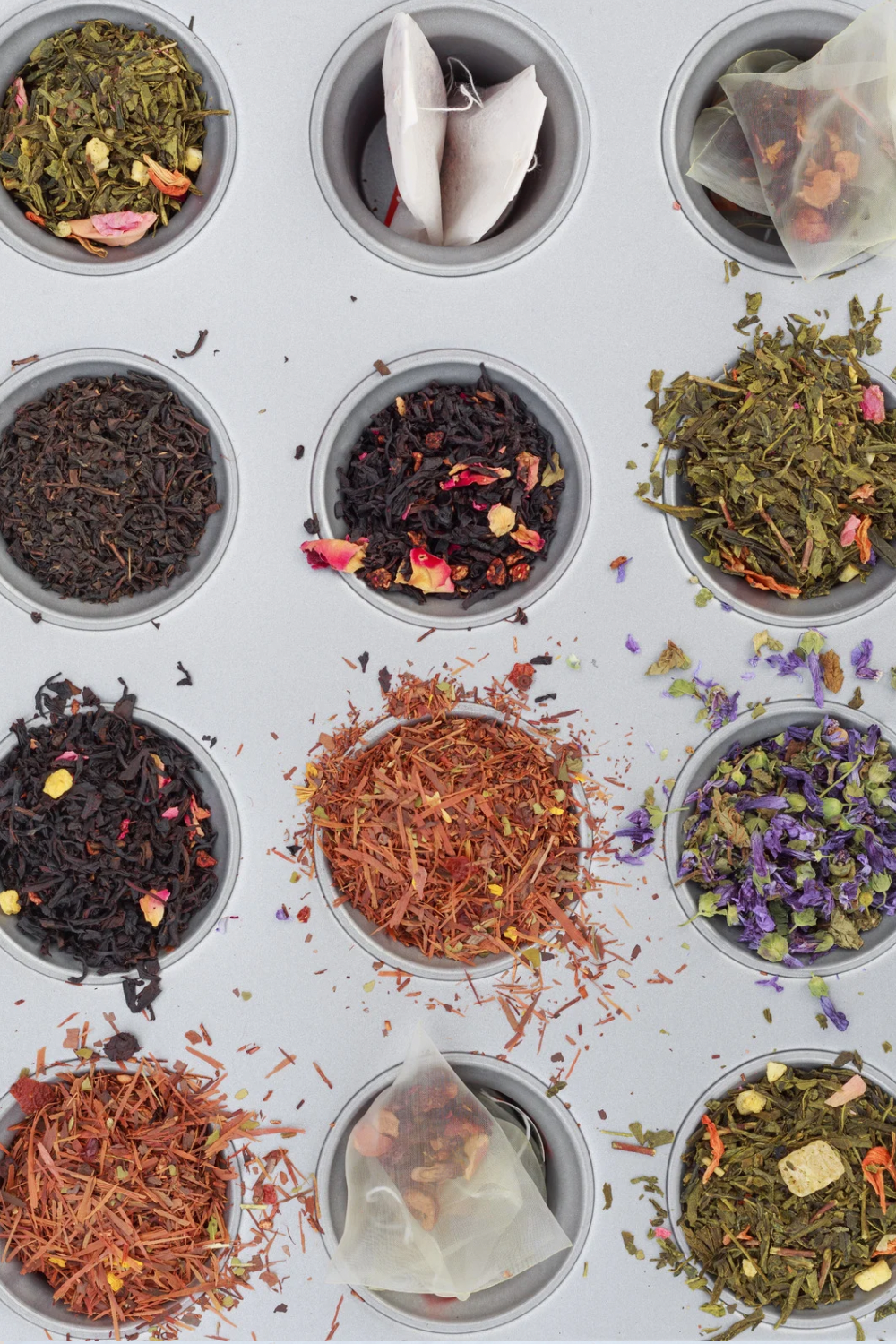
Healing Herbs: The Guide to Nature’s Remedy Cabinet
Are you tired of relying on synthetic medications with long lists of side effects? It’s time to discover the incredible healing power of nature’s herbs. In this healing herbs guide, we’ll delve into the world of herbal medicine. From soothing common ailments to enhancing overall well-being, these potent remedies have been relied upon for centuries. We’ll be sharing information on the most effective herbs, expert dosage recommendations, and essential tips for using these healing wonders safely. Get ready to take control of your well-being and tap into nature’s own remedy cabinet.
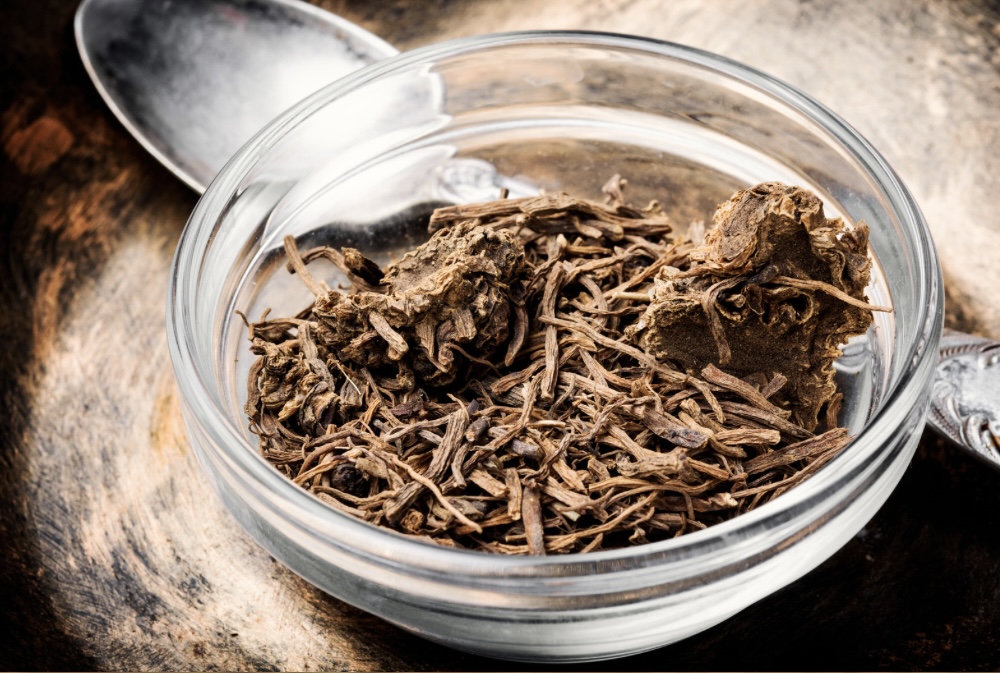
Understanding the Healing Power of Herbs
To truly appreciate the benefits of herbal medicine, it’s important to understand the inherent healing power of herbs. These natural remedies have a storied history that spans centuries and civilizations, with each culture recognizing and harnessing the unique properties of various plants. From ancient Egypt to traditional Chinese medicine, herbs have long been revered for their ability to support and restore health.
At the core of the healing power of herbs lies their complex chemical makeup. Packed with a diverse array of compounds, including vitamins, minerals, antioxidants, and phytochemicals, these botanical wonders work synergistically to promote wellness and healing. Unlike synthetic medications, which often target a specific symptom or condition, herbs offer a holistic approach that supports the body’s natural healing processes.
One of the key advantages of herbal medicine is its versatility. Whether you’re looking to ease a specific ailment or simply enhance your overall well-being, there is likely an herb that can assist you on your journey. Herbs can be used in various forms, including teas, tinctures, capsules, and topical applications, making them accessible and adaptable to different preferences and needs.
However, it’s important to note that while herbs are generally safe and effective, they should be approached with knowledge and respect. Understanding proper dosage, potential interactions with medications, and any contraindications is vital for ensuring optimal results and safety. This is where expert advice and recommendations become invaluable.

Top Healing Herbs for Common Ailments
By developing an understanding of the healing power of herbs, you can unlock the potential for improved health and well-being. From soothing common ailments to fostering overall vitality, these natural remedies offer a gentle and effective alternative to synthetic medications. With that in mind, let’s explore some of the top healing herbs for common ailments.
1. Chamomile: Known for its calming properties, chamomile is often used to relieve anxiety and promote better sleep. This herb can also be brewed into a tea to soothe digestive discomforts like bloating and indigestion.
2. Echinacea: When it comes to boosting the immune system, echinacea is a go-to herb. It has been traditionally used to lessen the severity and duration of colds and flu. Echinacea is available in various forms, including teas, tinctures, and capsules.
3. Ginger: A versatile herb, ginger is known for its anti-inflammatory and digestive benefits. It can help alleviate nausea, motion sickness, and even menstrual cramps. Adding ginger to your diet or enjoying it as a tea can promote a healthy digestive system.
4. Peppermint: This refreshing herb is excellent for soothing a variety of ailments. Peppermint can help relieve headaches, congestion, and digestive issues. A cup of peppermint tea can provide quick relief for an upset stomach or bloating.
5. St. John’s Wort: Often used as a natural mood enhancer, St. John’s Wort may help alleviate mild to moderate depression and anxiety. However, it’s essential to consult a healthcare professional before using this herb, as it may interact with certain medications.
6. Turmeric: With its vibrant yellow color, turmeric contains a compound called curcumin, known for its powerful anti-inflammatory properties. This herb may help reduce inflammation, joint pain, and even symptoms of arthritis.
7. Valerian: If you struggle with insomnia or have trouble falling asleep, valerian root might be worth considering. This herb has been used for centuries as a natural sleep aid and may help improve sleep quality.
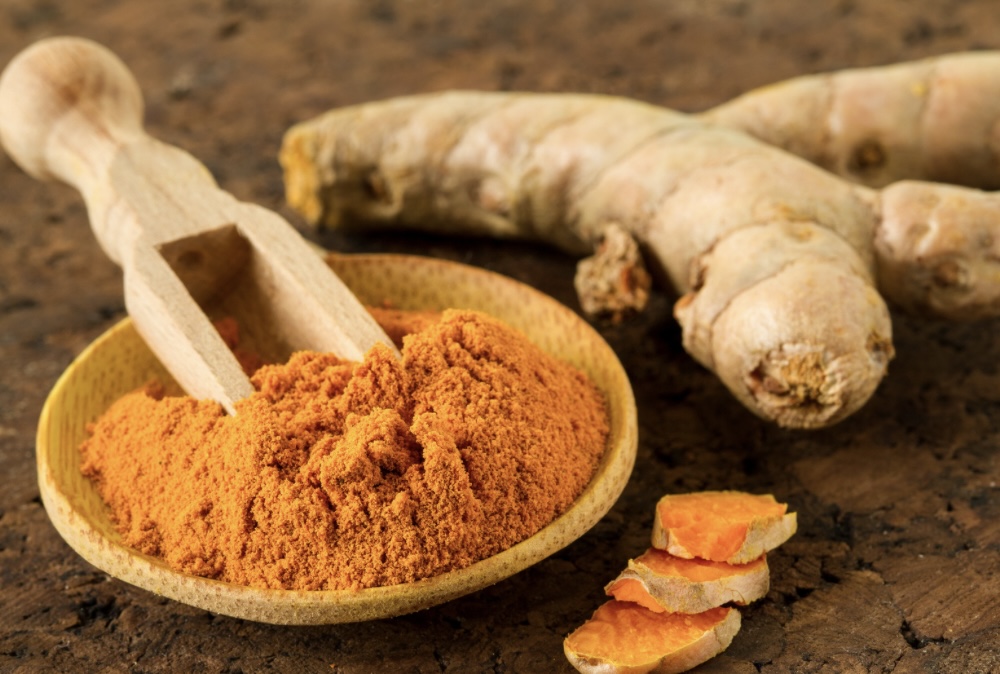
Healing Herbs for Skin
From reducing inflammation to promoting overall healing, these natural remedies can provide fast relief for a range of skin conditions.
Turmeric: The Golden Healer
When it comes to harnessing the power of nature to heal your skin, few herbs can rival the remarkable properties of turmeric. Known as the golden healer, turmeric has been used for centuries in traditional medicine for its potent anti-inflammatory and antioxidant properties. This vibrant spice, commonly found in Indian cuisine, holds the key to unlocking a world of skin-healing benefits.
One of the main components of turmeric is curcumin, a natural compound that has been extensively studied for its therapeutic effects. Curcumin has been found to reduce inflammation, which is a common underlying factor in many skin conditions such as acne, eczema, and psoriasis. By calming the skin and reducing redness, turmeric can help alleviate the discomfort associated with these conditions and promote faster healing.
In addition to its anti-inflammatory properties, turmeric is also a powerful antioxidant. It helps neutralize free radicals and protect the skin from oxidative stress, which can contribute to premature aging and skin damage. By incorporating turmeric into your skincare routine, you can improve the overall health and vitality of your skin, leaving it looking radiant and youthful.
There are various ways to harness the healing power of turmeric for your skin. One popular option is to create a turmeric mask by mixing turmeric powder with other natural ingredients such as honey or yogurt. This mask can be applied topically to the skin to reduce inflammation and promote healing. Alternatively, you can incorporate turmeric into your diet by adding it to your dishes or drinking it as a tea. By consuming turmeric internally, you can reap its skin-healing benefits from the inside out.
Before incorporating turmeric into your skincare routine, it’s important to note that it can stain the skin and clothing. To avoid this, be sure to dilute it with other ingredients and perform a patch test before applying it to your face or body. Additionally, if you have any underlying health conditions or are taking medications, it’s always a good idea to consult with a healthcare professional before using turmeric as a skin treatment.
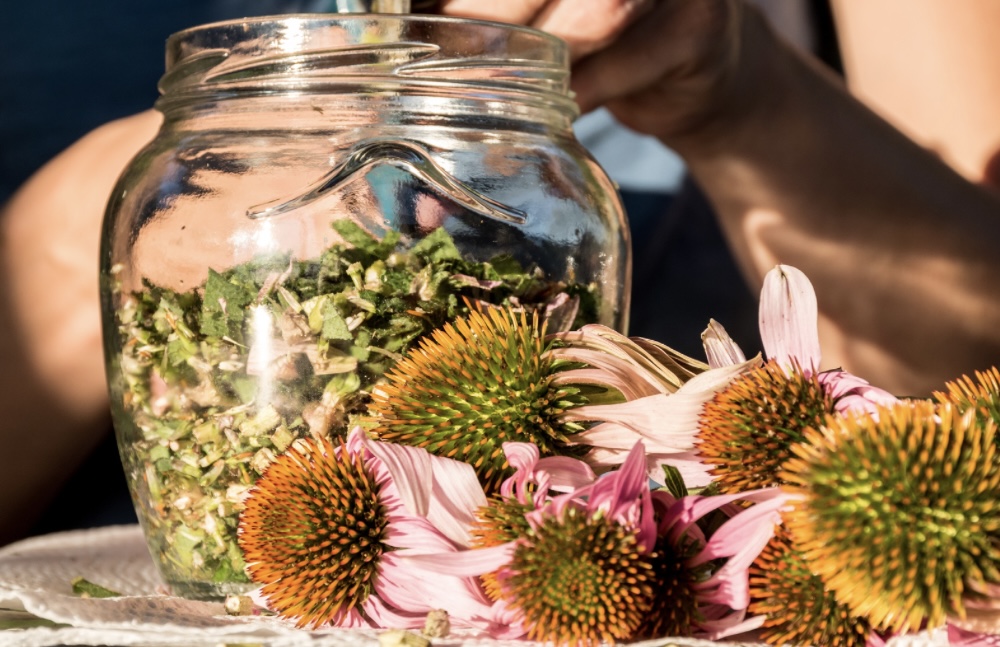
Calendula: Nature’s First Aid
Calendula, also known as marigold, has a long history as nature’s first aid. This vibrant and versatile herb offers a multitude of benefits for healing and soothing the skin faster than you ever imagined. Whether you’re dealing with cuts, burns, or irritated skin, calendula can be your go-to remedy.
One of the key properties of calendula is its anti-inflammatory effect. It helps reduce redness, swelling, and irritation, making it an ideal choice for soothing sensitive or inflamed skin. Additionally, calendula contains antimicrobial compounds that can help prevent infections and promote faster healing of wounds.
To harness the healing power of calendula, you can create a simple homemade salve or ointment. Start by infusing calendula flowers in a carrier oil, such as olive or coconut oil, for a few weeks. This process allows the oil to absorb the herb’s beneficial compounds. Once infused, strain out the flowers and use the oil topically on your skin. You can also find calendula-infused oils or creams at natural health stores.
When using calendula, it’s important to remember that everyone’s skin is different. Perform a patch test before applying it to larger areas of your body to ensure you don’t have any adverse reactions. Additionally, if you have any underlying skin conditions or are taking medications, it’s always wise to consult with a dermatologist or healthcare professional before incorporating calendula into your skincare routine.
Comfrey
Comfrey, the ultimate skin soother, is another surprising herb that can work wonders for your skin. For centuries, comfrey has been used to address a variety of skin ailments, and its numerous skin-loving benefits are sure to leave you amazed.
When it comes to healing and nurturing your skin, comfrey is a force to be reckoned with. This herb is known for its ability to soothe and calm inflammation, making it an excellent remedy for irritated or red skin. Whether you’re dealing with sunburn, eczema, or even minor cuts and scrapes, comfrey can provide much-needed relief.
One of the key properties that makes comfrey such a powerful skin soother is its high concentration of allantoin. Allantoin is a natural compound that has been shown to promote cell regeneration and accelerate wound healing. By incorporating comfrey into your skincare routine, you can harness the rejuvenating power of allantoin and help your skin heal faster than ever before.
But comfrey doesn’t stop at healing wounds and calming inflammation. This herb is also renowned for its moisturizing properties. By infusing your skincare products or creating homemade remedies with comfrey, you can give your skin an extra boost of hydration, leaving it soft, supple, and nourished.
Gotu Kola
Gotu Kola, also known as Centella asiatica, has been used for centuries in traditional medicine for its remarkable healing properties. This herb, native to Asia and India, is not only a powerhouse of nutrients but also a game-changer when it comes to rejuvenating your skin.
One of the key benefits of Gotu Kola is its ability to stimulate collagen production. Collagen is the protein responsible for maintaining the firmness and elasticity of your skin. As we age, collagen production naturally declines, leading to sagging and wrinkles. But with Gotu Kola, you can give your collagen production a much-needed boost, helping to restore the youthful appearance of your skin.
In addition to collagen production, Gotu Kola also has potent antioxidant properties. These antioxidants help protect your skin from free radicals, which can damage the skin cells and accelerate the aging process. By incorporating Gotu Kola into your skincare routine, you can help combat the signs of aging and maintain a more vibrant complexion.
Another amazing benefit of Gotu Kola is its ability to improve blood circulation. By increasing blood flow to the skin, this herb promotes the delivery of essential nutrients and oxygen, allowing your skin to heal faster and appear more radiant. It also aids in the removal of toxins, helping to purify your skin and leave it looking refreshed.
Whether you’re dealing with fine lines, age spots, or dullness, Gotu Kola is a true game-changer. Its rejuvenating properties make it a perfect addition to any skincare regimen, helping you achieve that coveted youthful glow.
Now that we’ve discovered the remarkable benefits of Gotu Kola, let’s dive into another surprising herb that can work wonders for your skin: Yarrow, the skin regenerator. Prepare to be amazed by its ability to promote healing and restore your skin to its natural beauty.
Yarrow: The Skin Regenerator
This amazing herb has been used for centuries for its remarkable healing properties, making it an ideal solution for those seeking to restore their skin’s natural beauty.
One of the key benefits of yarrow is its ability to promote healing. Whether you’re dealing with acne scars, cuts, or other skin blemishes, this herb can work wonders in speeding up the healing process. Yarrow is known to stimulate blood circulation, which helps deliver essential nutrients and oxygen to the skin cells, aiding in their regeneration. By incorporating yarrow into your skincare regimen, you can expect to see a noticeable improvement in the overall healing time of any skin issues you may be experiencing.
Furthermore, yarrow is a powerhouse when it comes to restoring your skin’s natural beauty. This herb is rich in antioxidants, which play a vital role in combating free radicals and reducing oxidative stress on the skin. By protecting your skin from environmental damage, yarrow helps prevent premature aging and the development of fine lines and wrinkles. Additionally, the anti-inflammatory properties of yarrow can help soothe irritated skin and reduce redness, leaving you with a calmer, more even-toned complexion.
Not only does yarrow serve as a skin regenerator, but it also offers additional benefits for your overall skin health. It has astringent properties that can help tighten the skin, reduce the appearance of pores, and give you a smoother complexion. Yarrow is also known to have antibacterial properties, making it an effective natural remedy for conditions such as acne. By incorporating yarrow into your skincare routine, you can embrace its multipurpose benefits and enjoy healthier, more radiant skin.
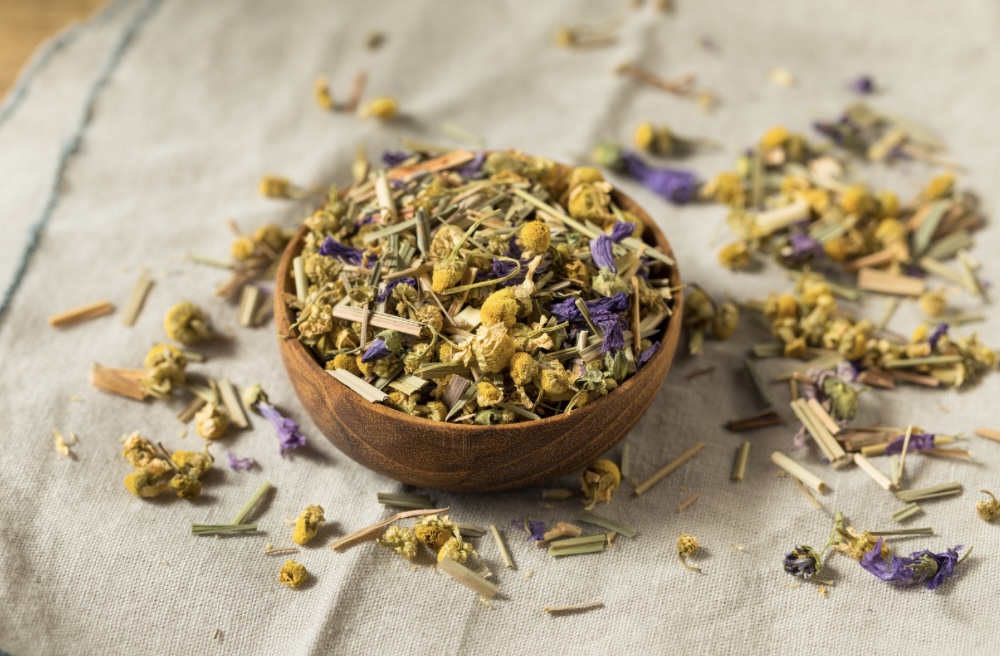
Dosage and Preparation Methods for Optimal Results
Understanding the benefits and applications of these top healing herbs for common ailments sets the stage for delving into dosage and preparation methods. Figuring out the right dosage and the most effective preparation method is crucial in order to unlock the full potential of nature’s remedy cabinet.
When it comes to dosage, it’s always important to follow the recommended guidelines provided by reputable sources, such as herbalists or healthcare professionals. Different herbs have different potency levels, so it’s essential to understand how much of a particular herb is safe and effective for your specific condition.
In general, starting with a lower dosage is advisable, especially if you are new to using herbal remedies. This allows you to gauge your body’s response and make adjustments accordingly. Gradually increasing the dosage, if necessary, can help you find the optimal amount that works best for your individual needs.
Preparation methods also play a significant role in achieving optimal results with healing herbs. Some herbs are most effective when consumed in the form of teas or infusions, while others may be more potent in the form of tinctures or capsules. Understanding the different preparation methods and their effects will enable you to choose the best approach for your desired outcome.
Teas and infusions are a popular way to consume healing herbs. Steeping the herbs in hot water allows their beneficial compounds to be extracted, resulting in a soothing and therapeutic beverage. This method is often used for herbs like chamomile or peppermint, which can help with digestive issues or relaxation.
Tinctures, on the other hand, involve extracting the active ingredients from the herb using alcohol or glycerin. This concentrated liquid can then be consumed in small doses, making it convenient and potent. Tinctures are commonly used for herbs like echinacea or valerian, which are known for their immune-boosting or sleep-enhancing properties.
Capsules or tablets offer an alternative way to consume healing herbs, providing convenience and standardized dosages. This method is ideal for those who prefer a more straightforward approach or have difficulty with the taste of herbal teas or tinctures. However, it’s important to note that the absorption of the herb’s beneficial compounds may vary compared to other methods.
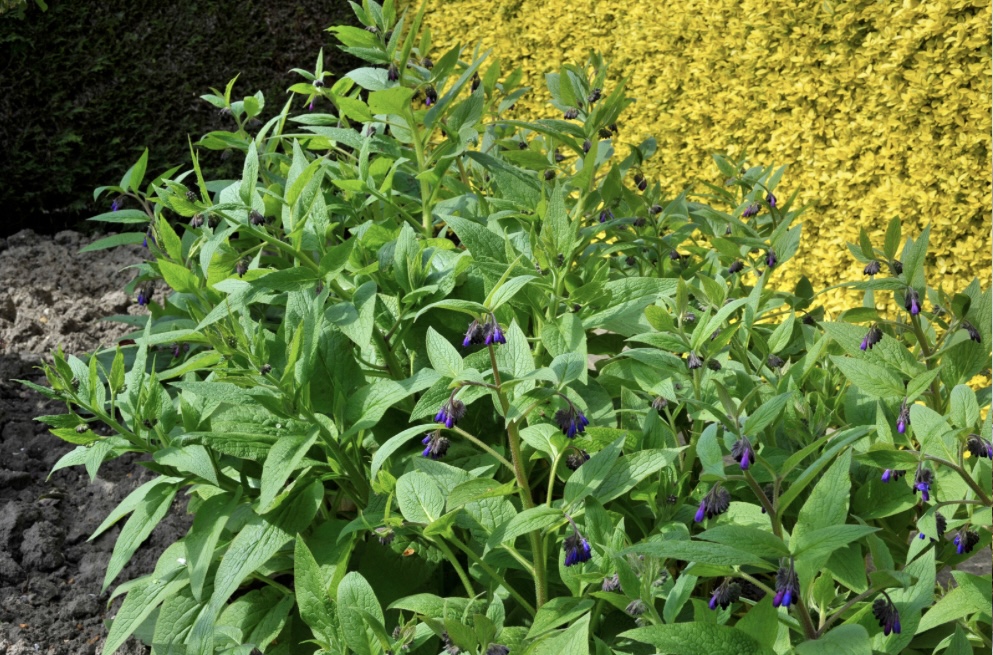
Expert Tips for Using Healing Herbs Safely
The first tip is to consult with a knowledgeable professional before incorporating any new herbs into your routine. An expert can provide valuable insight into which herbs are suitable for your specific needs and health conditions, as well as guide you on the correct dosages and potential interactions with any medications you may be taking. Their expertise can ensure that you use healing herbs safely and avoid any adverse effects.
Additionally, it is crucial to carefully follow the recommended dosage instructions provided with your chosen healing herbs. More is not always better when it comes to herbal remedies. Some herbs can have potent effects even in small amounts, and exceeding the recommended dosage can lead to unwanted side effects or interactions. By adhering to the suggested dosages, you can harness the healing power of herbs while minimizing any potential risks.
It is also important to consider the method of preparation for using healing herbs. Different herbs may require specific preparation techniques, such as brewing teas, making tinctures, or creating topical applications. Following the proper preparation methods ensures that you extract the active compounds effectively and make the most of the herb’s healing properties.
Always purchase high-quality herbs from reputable sources. Quality matters when it comes to healing herbs, as lower-quality products may contain fillers, contaminants, or have reduced potency. Look for organic or wildcrafted herbs and choose trusted brands that adhere to strict quality standards. Invest in the best quality herbs to ensure you receive the maximum benefits and avoid any potential harm.
Lastly, be mindful of any potential allergies or sensitivities you may have to specific herbs. While healing herbs are generally safe for most people, individual reactions can vary. If you have known allergies or sensitivities, it’s important to research the potential allergens present in the herbs you plan to use or consult with a healthcare professional to ensure their safety.

